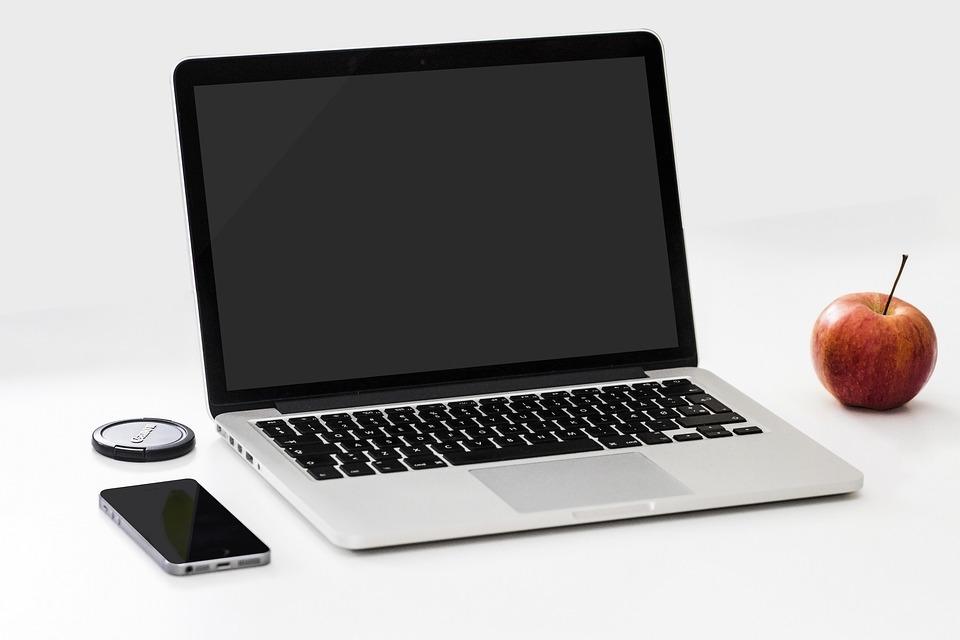Your MacBook keyboard can often feel like a lifeline—an essential tool that connects you to your work, creativity, and the world. Yet, it’s all too easy for dust, crumbs, and grime to sneak in, making typing a frustrating experience. Don’t let a dirty keyboard hold you back! Reviving your MacBook keyboard is not only possible but incredibly simple.
In this article, we’ll guide you through 7 simple steps to revive your MacBook keyboard and restore its former glory. You deserve a smooth, responsive typing experience, and we’re here to ensure you get it!
Contents
Why Your MacBook Keyboard Matters
The keyboard is more than just keys; it’s the gateway to your digital life. Whether you’re crafting an email, writing a novel, or diving into a spreadsheet, a clean and fully functioning keyboard enhances your productivity and enjoyment. A responsive keyboard can make all the difference in your day-to-day tasks, allowing you to express yourself freely without the hindrance of sticky keys or unresponsive buttons.
The Importance of Maintenance
Regular maintenance not only prolongs the life of your keyboard but also improves your overall computing experience. Dust and debris can affect the performance of your keys and even lead to malfunction. Neglecting this important aspect can lead to costly repairs or replacements.
Let’s dive into the steps you can take to keep your MacBook keyboard in top shape!
Step 1: Power Down and Clean
Before you start any cleaning, power down your MacBook and unplug it from any power source. This ensures your safety and prevents any accidental key presses while you’re working.
Gather Your Supplies
- Microfiber cloth: Soft and non-abrasive
- Compressed air canister: For removing dust and debris
- Isopropyl alcohol: For disinfecting and removing sticky residue
- Cotton swabs: Perfect for getting into tight spaces
Step 2: Shake It Out
Once your MacBook is powered down, take a moment to gently turn it upside down and give it a light shake. This can help dislodge any crumbs or debris that have settled under the keys.
The Importance of Gentle Movement
Be careful not to shake it too hard! You’re not trying to damage your device; just encourage any trapped particles to escape.
Step 3: Use Compressed Air
Armed with your compressed air canister, hold it upright about an inch away from the keys.
Target Those Nooks and Crannies
- Blow air in short bursts across the keyboard.
- Focus on areas around the keys where debris tends to accumulate.
This step is crucial for reviving your MacBook keyboard. The air pressure will help push out dirt and particles that are difficult to reach.
Step 4: Wipe Down the Keys
Now it’s time to bring out your microfiber cloth and isopropyl alcohol. Dampen the cloth with alcohol, but ensure it’s not soaking wet—excess liquid can damage your keyboard.
A Gentle Touch Goes a Long Way
- Wipe each key gently, removing smudges and grime.
- Don’t forget the spaces between the keys!
This step not only cleans but also disinfects, making your typing area much healthier.
Step 5: Target Stubborn Spots
If you encounter sticky keys that just won’t budge, grab those cotton swabs. Dip a swab lightly in your isopropyl alcohol and carefully clean around the affected keys.
Precision is Key
Cotton swabs can get into those tight spaces where cloths can’t reach. This targeted approach can save you from further frustration.
Step 6: Let It Dry
After you’ve wiped down your keyboard, it’s essential to let it air dry completely before powering your MacBook back on.
Patience is a Virtue
This waiting period is crucial. You don’t want to risk any moisture getting into your device’s internal components.
Step 7: Test Your Keyboard
Once everything is dry, power your MacBook back up and test each key.
A Quick Typing Test
Open a text editor and type a few sentences. Ensure that every key is responsive and functioning as it should. If you still notice issues, it might be time to consider professional cleaning or repairs.
Additional Tips for Long-Term Care
Maintaining your MacBook keyboard doesn’t stop after cleaning. Here are some best practices to keep it in great shape:
- Use a Keyboard Cover: This can prevent dust and spills from getting in.
- Keep Food and Drinks Away: As tempting as it is to snack while you work, crumbs can wreak havoc on your keyboard.
- Regular Cleaning Schedule: Make it a habit to clean your keyboard every few weeks.
Frequently Asked Questions
How often should I clean my MacBook keyboard?
Aim for a thorough cleaning every 2-4 weeks, depending on your usage.
Can I remove the keys to clean underneath?
Removing keys can risk damaging your keyboard. It’s best to stick to surface cleaning methods unless you’re experienced.
What if my keyboard is still not working after cleaning?
If issues persist, consider reaching out to an authorized repair center or Apple support.
Bottom Line
Reviving your MacBook keyboard is a straightforward process that can breathe new life into your daily tasks and enhance your overall experience. By following these 7 simple steps to revive your MacBook keyboard, you can enjoy a clean and responsive typing surface that boosts your productivity.
So, don’t let a dirty keyboard hold you back! Take action today and treat your MacBook with the care it deserves. Happy typing!








